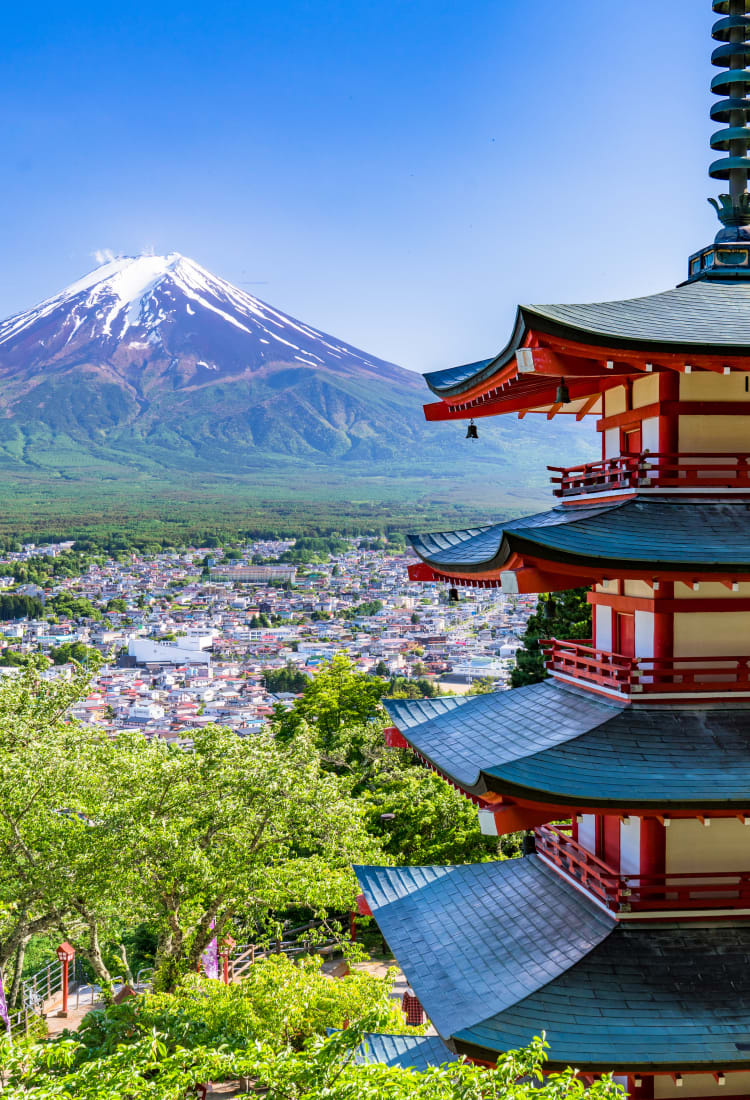Spiritual site, cultural icon and geographical wonder
Standing at 3,776 meters, Mt. Fuji is the tallest peak in Japan, the result of volcanic activity that began approximately 100,000 years ago. Today, Mt. Fuji and the surrounding area are a popular recreational destination for hiking, camping and relaxation.
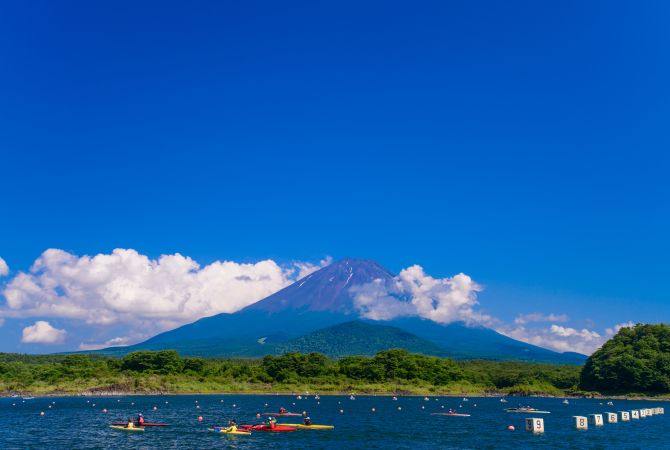

One of the country's most iconic symbols, travelers from across the world flock to Shizuoka and Yamanashi prefectures to catch a glimpse of this awe-inspiring mountain. For the Japanese, however, Mt. Fuji has long been a site of spiritual importance and a source of artistic inspiration.
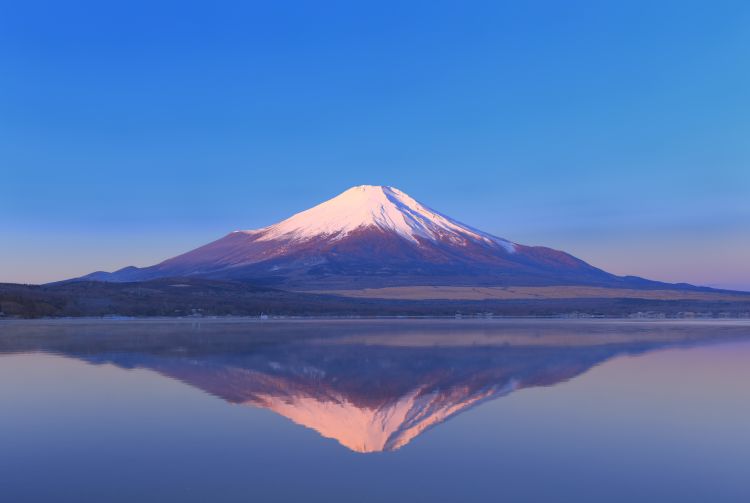
An object of worship
Over the centuries, the Japanese have forged a spiritual bond with the mountain. Legend has it that notable religious ascetic Hasegawa Kakugyo (1541–1646) summited the mountain over 100 times. His feats led to the formation of Fuji-ko, a group of likeminded Mt. Fuji worshippers. The sect built shrines, created rock monuments, and fasted to show their dedication. Their fanaticism eventually led the Tokugawa Shogunate to ban the religion, but despite this, Japan's long-standing tradition of mountain worship has ensured the mountain remains revered and respected as a site of spiritual importance.

One of several Sengen shrines worshipping Mt. Fuji and located in its foothills
A site of pilgrimage
Around 200,000 to 300,000 people climb Mt. Fuji every summer. Climbing up to the summit is popular at sunrise—climbers often begin their climb the previous day and stay overnight at a lodge on the mountain, then start climbing early the next morning to watch the sun rise over the horizon. In pre-modern times, Mt. Fuji served as a destination for shugenja, practitioners of Shugendo, an acetic mountain worship faith, to undergo training, and even the lower classes were known to make pilgrimages here. The numerous shrines at the base of the mountain are a testament to Mt. Fuji's spiritual and historical significance.

Modern-day pilgrimages look something like this
A cultural icon
Mt. Fuji's most iconic images date back to the Edo period (1603-1867). Woodblock print artists Katsuhika Hokusai's and Utagawa Hiroshige's series of pieces on Mt. Fuji depict the mountain from various vantage points and settings, giving people from around the world a glimpse into the region and its ways of life. Katsushika Hokusai in particular is known to have influenced the western artist Vincent Van Gogh, and even had an impact on the composer Claude Debussy. The picturesque views of Mt. Fuji popularized in the Edo period have helped cement the mountain's legacy as a global attraction.


Mt. Fuji features in woodblock prints and even on banknotes
A geographical wonder
Formed approximately 100,000 years ago, repeated volcanic eruptions gradually transformed Mt. Fuji into the largest mountain in Japan, at 3,776 meters tall. The last eruption in 1707 lasted for 16 days, with volcanic ash reaching as far as Tokyo. Volcanic activity is also responsible for creating Hoeizan (one of Fuji's secondary peaks), the five lakes at the mountain's base, and numerous caves near Aokigahara Forest. The area is also blessed with many mineral-rich hot springs, making the region a paradise for both outdoor recreation and relaxation.

Lake Shoji, one of the Fuji Five Lakes
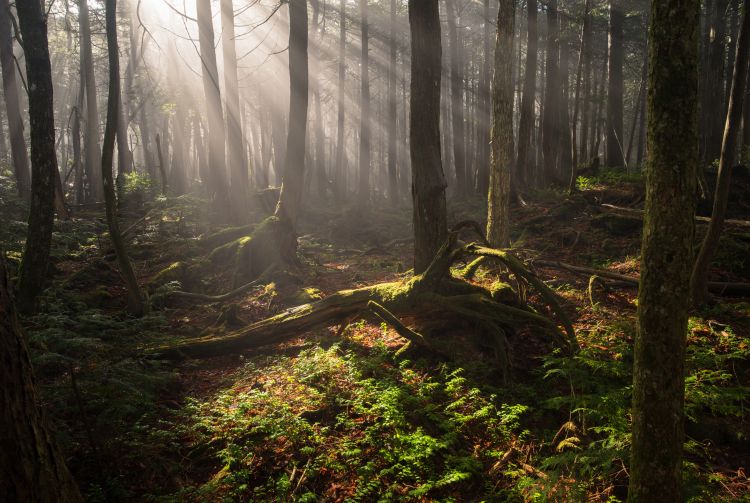
Aokigahara Forest

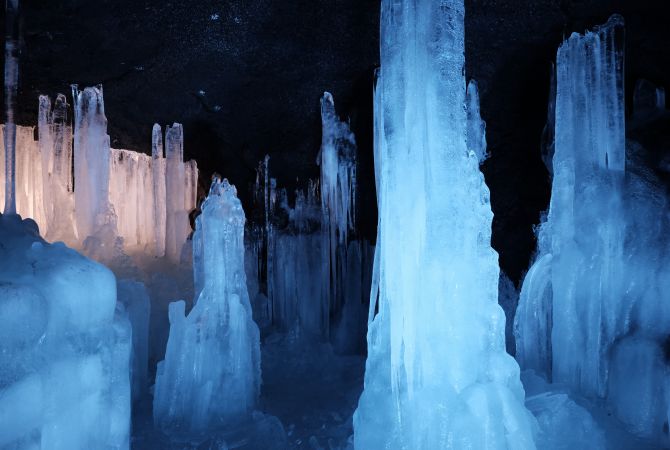
Scenes from within the Ice Cave




















































